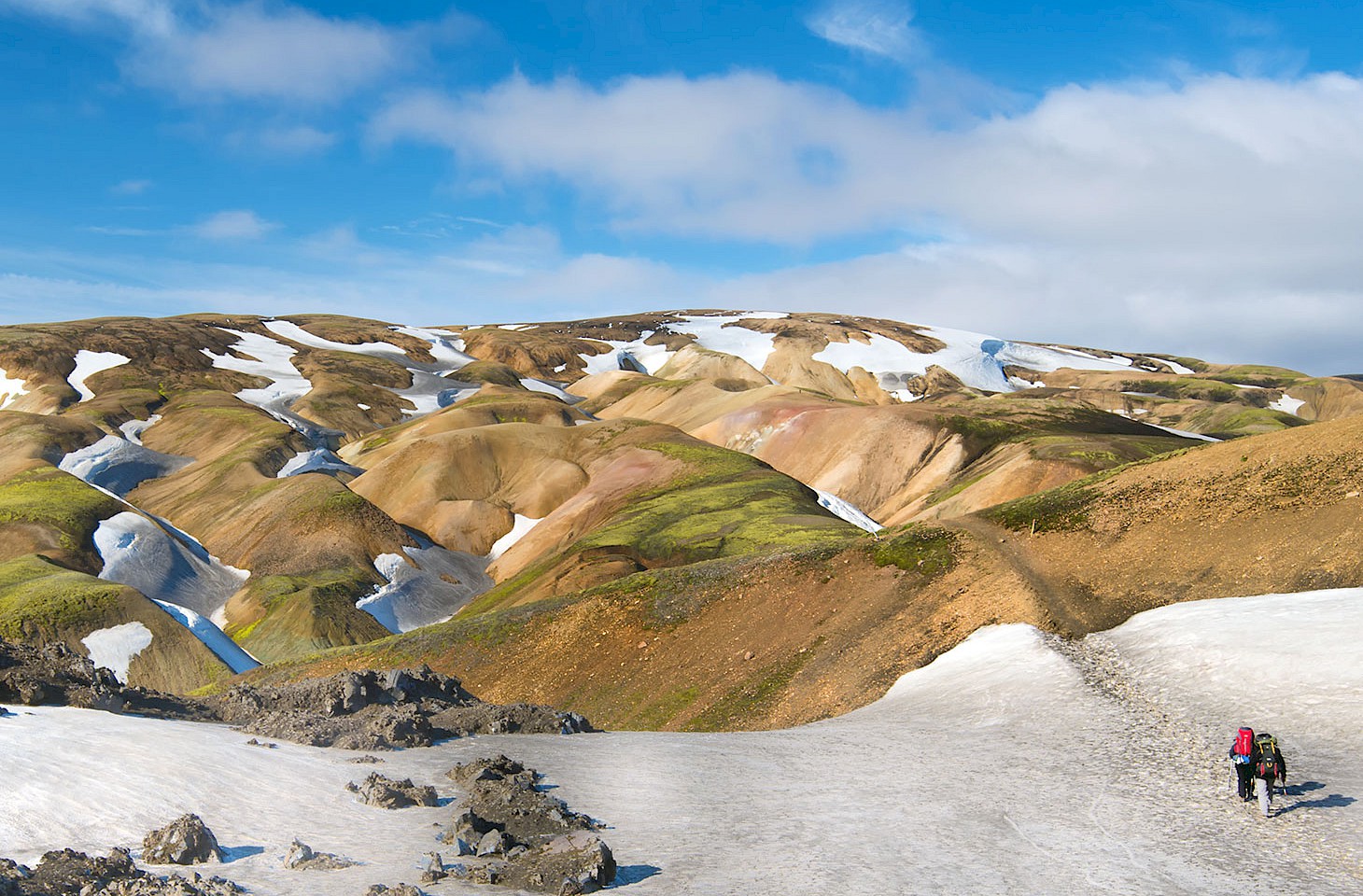The sandy track winds out of the forest and across a rolling expanse of heather and juniper bushes. It is a nice lesson in microclimates, swapping the cool, damp air of the forest for the dry warmth of the heath. Butterflies dance above the path in front of us. Bees hover before making their move. A long way from any road, this corner of the Lüneburg Heath is blissfully quiet.
But the peace is interrupted by the sound of whirring pedals and heavy breathing. We move to one side of the path to let the cyclist pass but instead he stops. His bike skids to a halt, the rear wheel kicking up a cloud of dust. The cyclist lifts his sunglasses to meet our eyes.
“Is this the way to the lookout point?” he asks.
It transpires that this lone cyclist is riding the Lüneburg Heath for the weekend, a zig-zag journey from north to south, entirely off road. He lives not far away, in Hamburg, and explains how this is a trip he’s been planning for years. “But this now is just a quick reconnaissance,” he says. “I’ll be back for longer in late summer, and then my wife will come along,” he adds.
Late summer is when the heath is at its most popular. That’s when the sandy tones are eclipsed by the purple carpet for which the Lüneburg Heath is famous. That’s when people come and marvel at nature as art.
The cyclist leans on his handlebars as he chats with us. “The heath really needs time,” he says. “Four or maybe five days. I imagine it would be pretty startling to be here with the heather in full bloom. Of course, the advantage of coming now is that we have this place pretty much to ourselves.”
He is right. As he pedals off, his legs spinning in a high cadence as he approaches the hill that rises ahead, the cyclist is one of only a couple of people in our sights. In August these tracks would indeed be full of people. In early summer the attractions of the heath are subtler, and the sense of solitude at times is certainly one of them.
A changing landscape
It is the heather that draws people from across Germany and beyond to the Lüneburg Heath each summer. The flowers feed the bees that have been central to the local economy for centuries. The bees are housed in skeps, a very distinctive hive made of pleated straw in a basket-like shape. The skeps are easily moved from place to place, allowing beekeepers to make the most of the changing feeding opportunities in different heathland habitats.
The heath in bloom underpins the brand appeal promoted in local tourist publicity, posters and the website, all embellished with images of a rolling purple landscape, speckled here and there with trees and bushes. In the souvenir shops, the mugs and caps and t-shirts come in a variety of shades, as long as you like purple.




